 Home
Diesel Cars
Electric Cars
Games!
Gasoline Cars
Hydrogen Cars
Solar-Powered Cars
About Creators
Credits
Home
Diesel Cars
Electric Cars
Games!
Gasoline Cars
Hydrogen Cars
Solar-Powered Cars
About Creators
Credits
After reading this title, you're probably wondering how a hydrogen-powered car is even possible? You may expect that this car is going to waste water or be extremely inefficient. Initially electric cars were thought to be wasted technology too. However in 2021, they are very common and cost effective. Scientists are working collaboratively to produce a car powered solely by water in the future.
I am going to talk about the most-used method. Some kits are attached to the engine of the vehicle. Those kits help carry out a process called electrolysis. Electrolysis is a process that uses electricity to split elements and compounds. In this case, water would be split into hydrogen and oxygen. There is a large amount of energy stored in the bonds between each of the atoms so there is a net energy increase. Once the hydrogen and oxygen are separated, the hydrogen is used in the engine’s combustion process.

One of the most apparent advantages of water-powered cars are they are eco-friendly. However there are many other advantages that come with these. Water-powered cars could improve your gas mileage by 30–40% and save up to $1000 in a year! Water-powered cars are quieter, odourless,and have a longer life expectancy. Best of all, there are abundant amounts of water and prices will always be relatively low. Toyota has a car called Mirai and they are giving ($15,000 or 3 years) worth of free hydrogen.
Although water-powered cars sound amazing, there are disadvantages to them. There is little research surrounding hydrogen vehicles so the population may be reluctant of it. Hydrogen is flammable in air and thestorage of hydrogen in a water-powered car can only go for maybe a few(km) kilometers. Water-powered cars are also very expensive. You can only use a water-powered car in California or Hawaii and the water-fuelling stations are really expensive. It can cost up to $80 for a full tank of 12 gallons(400–480km). Whereas, for a gasoline car, it only costs 40–60 dollars for a full tank of 12–15 gallons that lasts for 500 miles.
As mentioned previously, Toyota has created a car that runs on hydrogen fuel cells which has zero emissions. It drops water as waste and is safe enough to drink!
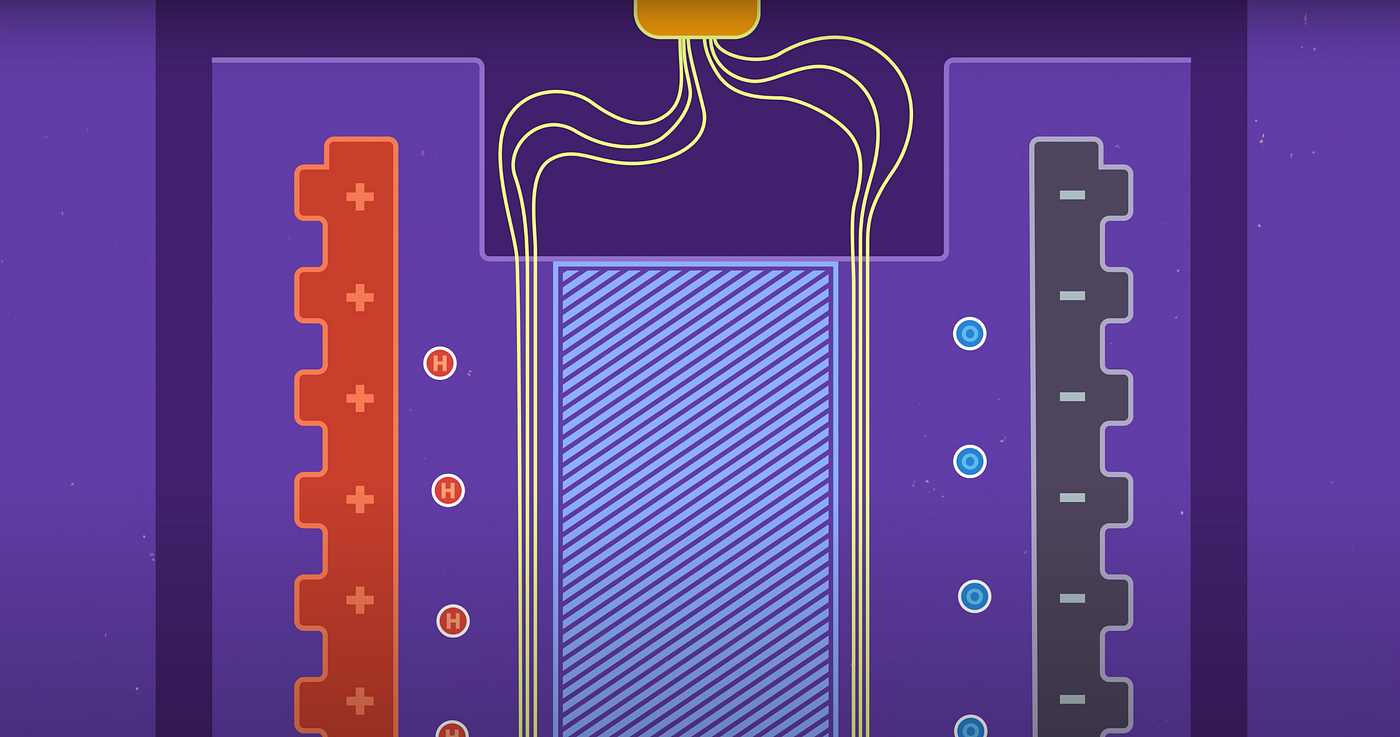
This is achieved by the hydrogen going in the car in a positive terminal in the fuel cells and oxygen from the goes down to the negative terminal. The positive terminal is made with platinum which acts as a catalyst. When the hydrogen reaches the catalyst, it splits into subatomic particles. Since the protons are positive they are attracted to the negative terminal and they run through the electrolyte. The electrons can’t go through the electrolyte because the protons have a special ability related to its chemical structure. The electrons flow through these wires which leads to the battery and powers it. Finally it reaches the negative terminal which has protons and oxygen. Electrons, protons, and oxygen makes water, that is why water comes out as exhaust.
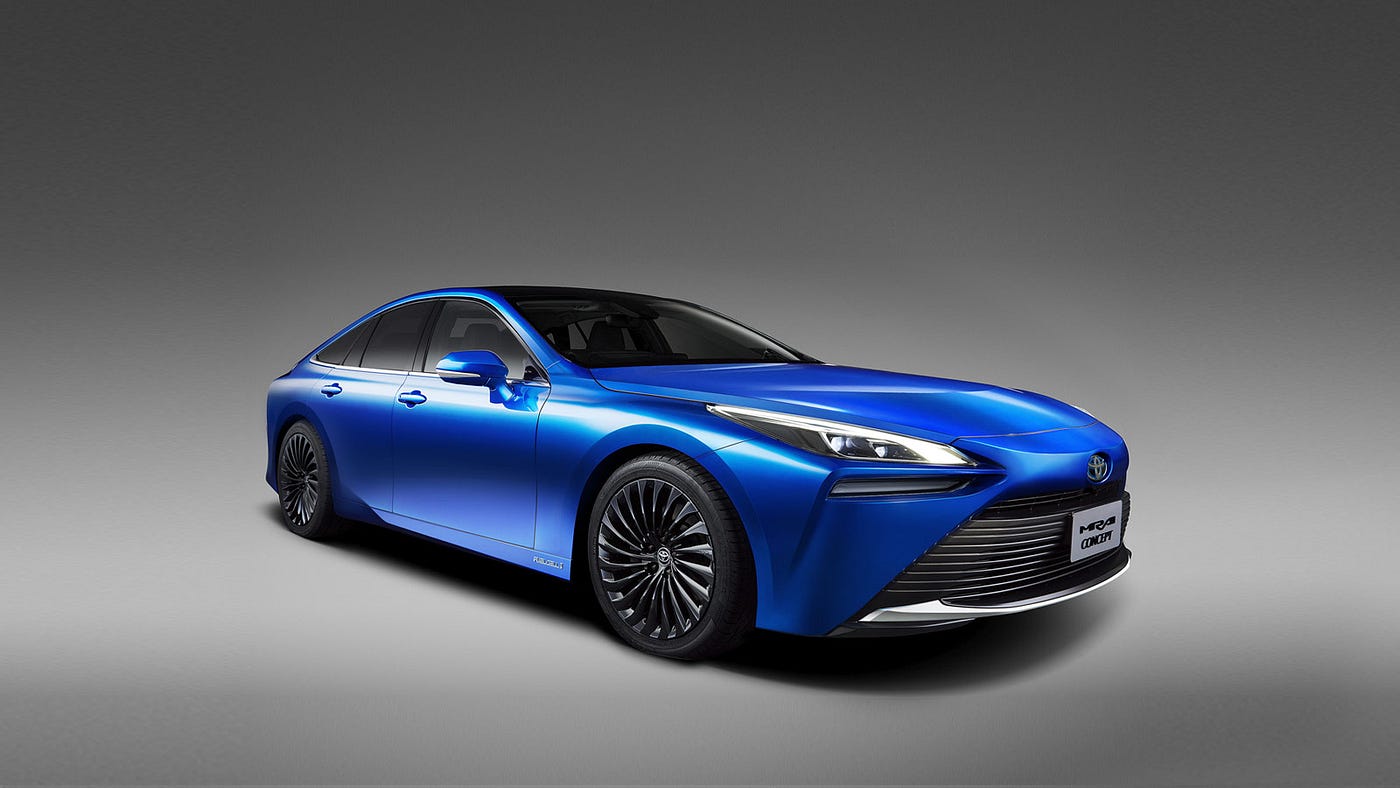
Gasoline cars have been in the world for a long time. So, why should you switch to hydrogen cars? There is a process called the energy vector transition.
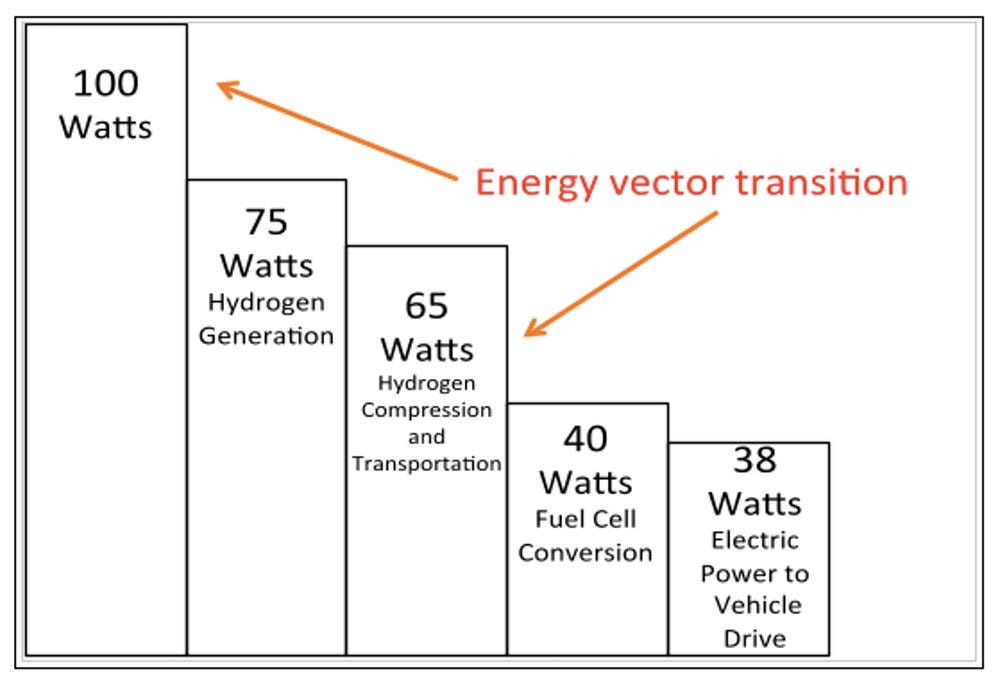
First, electrolysis splits water into hydrogen and oxygen. Electrolysis makes the energy of the hydrogen 75% efficient because some energy is lost through electrolysis. Next the hydrogen is compressed, chilled, and transported to the station. This makes the energy of the hydrogen go down to 65%. When it is at the station, it is turned back to electricity and its efficiency is 40% now. Energy must power the motor which brings it to 38% efficiency. It’s crazy how only 38% of 100% wats of power is used for the car.
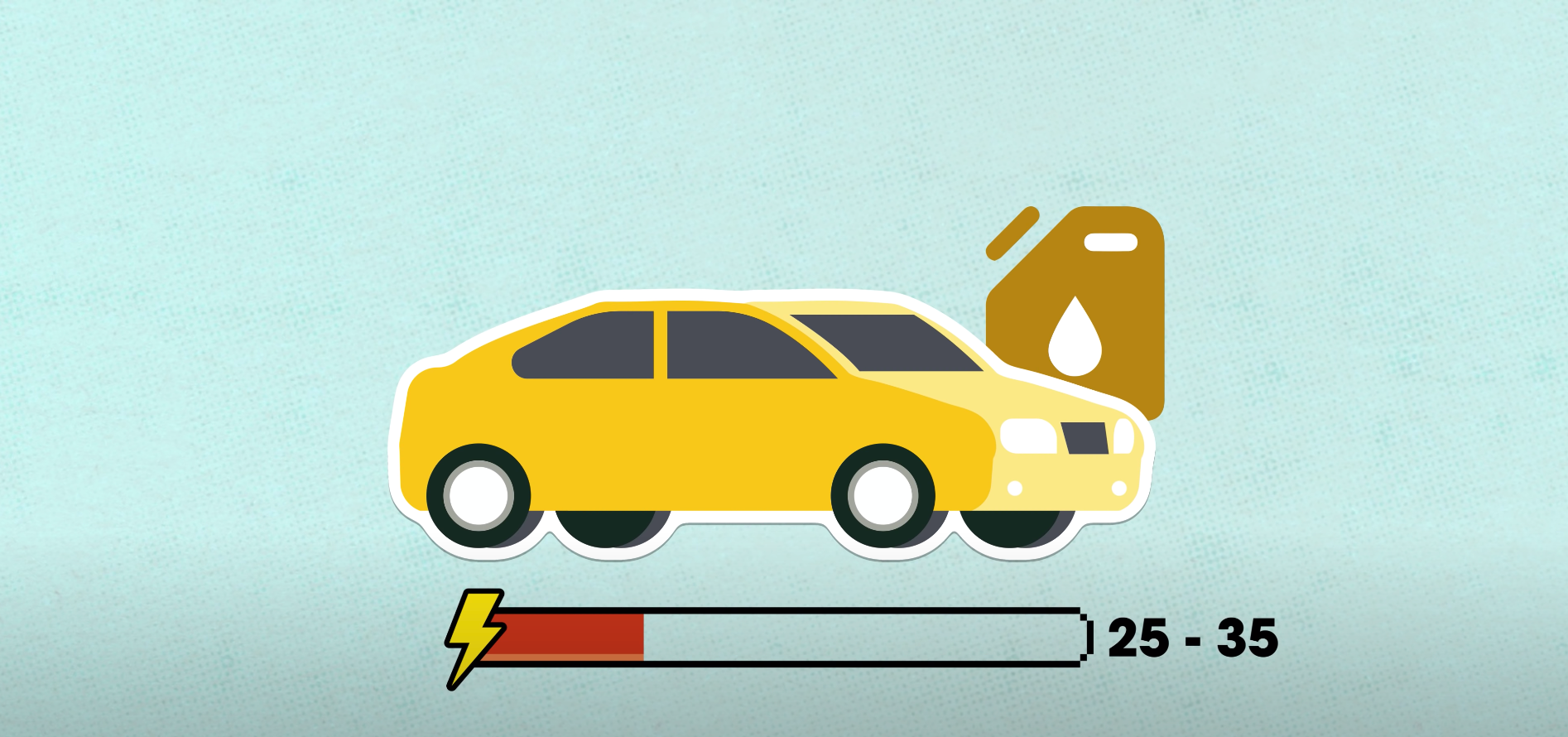
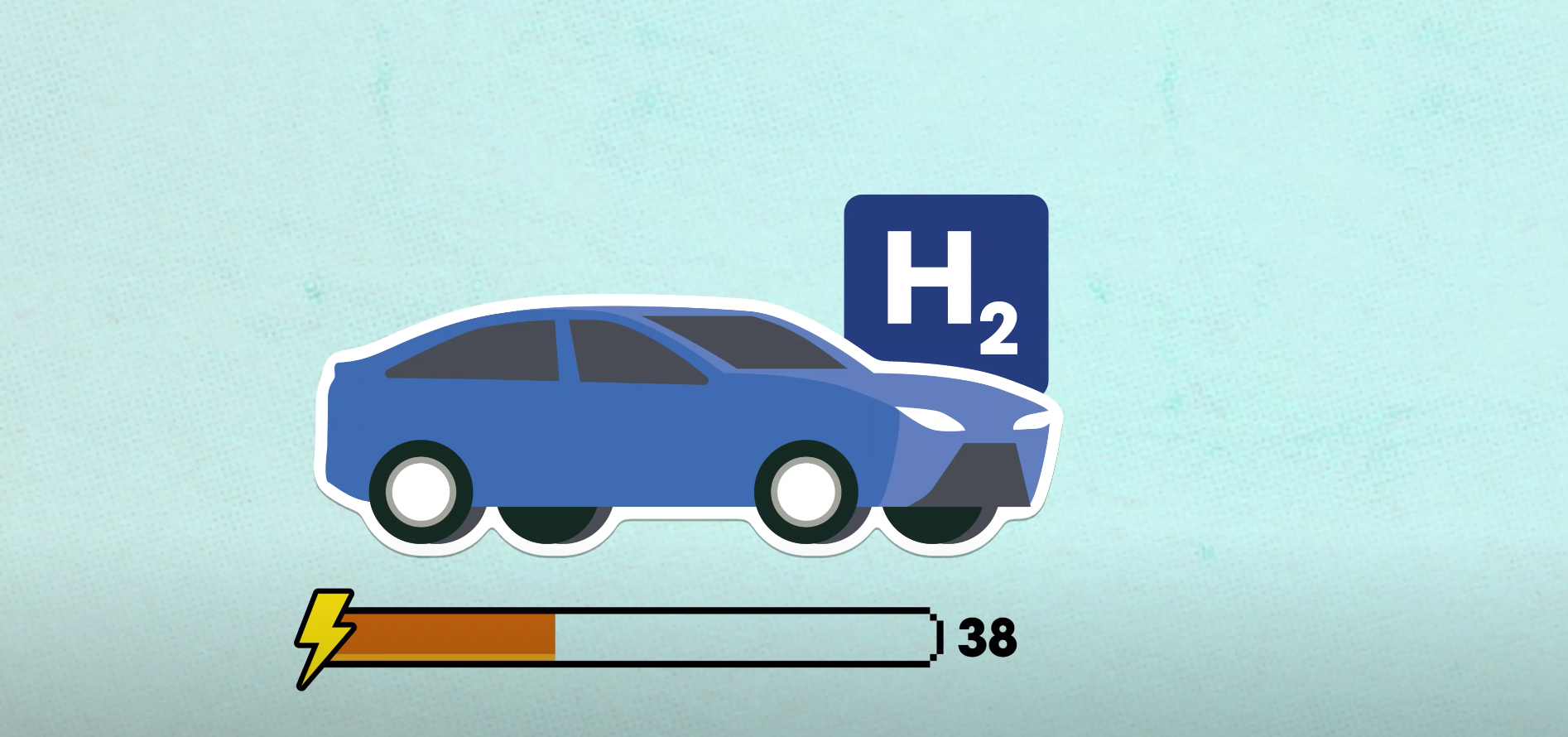
Remember how I said that hydraulic cars are more efficient than gasoline cars? Yes, that’s because after the gasoline process occurs, it is only 25–35% efficient. Therefore, hydraulic cars are indeed more efficient than gasoline.
So I have been thinking that all cars go fast because cars were created to move around to place to place. Instead of wasting the air that hits the bumper and just slides away we could use the air and make electricity. How we can do this is by adding tiny windmills behind the bumper but, if it is behind the bumper it cant get air. The bumper is going to have 4 spaces in the bumper that are not blocking the way to the windmills. When this windmills move the energy will be stored in the same battery that the electrons produce electricity. It will be 90% hydrogen powered and 10% wind powered.

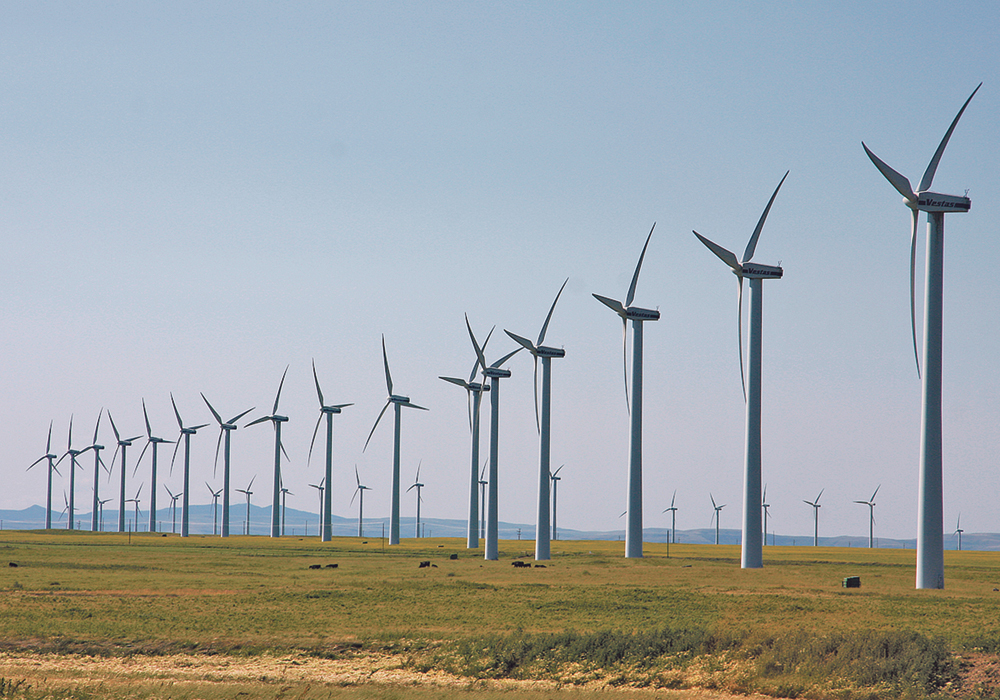
After all of this I hope you understand how hydrogen cars could be the next big car also it could be more efficient with my idea and could maybe lead the car industries. If you want more information watch my youtube video down below.
When you click this link, go back by clicking the back arrow beside the refresh button.
This infomation shall be used if credited